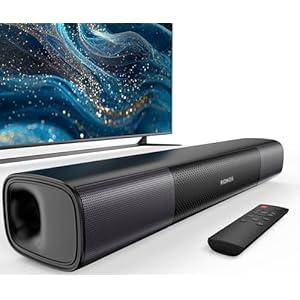
Setting up a smart home on a budget doesn’t have to be overwhelming. First, identify your specific needs and routines that could benefit from automation. Then, you’ll want to explore affordable devices that fit those needs without breaking the bank. But before you make any purchases, there are a few key considerations to ensure everything works smoothly and efficiently. Let’s uncover how to create a functional smart home that enhances your daily life.
Identify Your Smart Home Needs
What aspects of your daily life could be streamlined with smart technology?
Start by considering daily routines that often feel tedious or time-consuming. Do you wish your lights could adjust automatically based on the time of day? Or maybe you’d like a smart thermostat that learns your schedule to optimize heating and cooling?
Think about your security needs, too. Would you feel safer with smart locks or cameras that alert you to movement?
Identify which areas of your home could benefit most from automation, such as lighting, climate control, or security. Once you pinpoint those needs, you’ll be better equipped to choose devices that truly enhance your life without overwhelming your budget.
Focus on what’ll make the biggest impact.
Choose Affordable Smart Devices
Now that you’ve identified your smart home needs, it’s time to find devices that fit your budget. Start by researching brands that offer reliable options without breaking the bank.
Look for essential devices like smart bulbs, plugs, and security cameras that won’t cost a fortune. Check for sales, discounts, or refurbished items to save even more.
Read reviews to ensure quality and compatibility with your existing setup. Don’t forget to consider energy-efficient devices that can save you money in the long run.
You might also explore multi-functional devices to reduce the number of gadgets you need. By focusing on affordability and practicality, you’ll build a smart home that meets your needs without overspending.
Optimize Your Home Network for Connectivity
To ensure your smart home devices function seamlessly, optimizing your home network is crucial. Start by placing your router in a central location to maximize coverage.
If your Wi-Fi signal is weak in certain areas, consider using Wi-Fi extenders or mesh systems to eliminate dead zones. Make sure your router supports the latest standards, like Wi-Fi 6, for faster speeds and better performance.
Additionally, prioritize your network traffic through Quality of Service (QoS) settings, ensuring that your smart devices get the bandwidth they need.
Regularly update your router’s firmware for security and efficiency. Lastly, secure your network with a strong password to prevent unauthorized access, keeping your smart home safe and connected.
Conclusion
Setting up a smart home on a budget is totally doable with a little planning. By identifying your needs and choosing affordable devices, you can enhance your daily life without breaking the bank. Don’t forget to optimize your home network for seamless connectivity. With the right approach, you’ll enjoy the convenience of smart technology while staying within your budget. Start small, expand as needed, and soon you’ll have a fully integrated smart home tailored to your lifestyle.
Trending Products
























